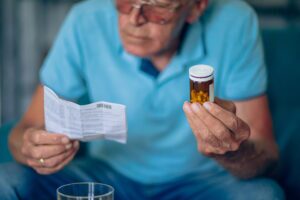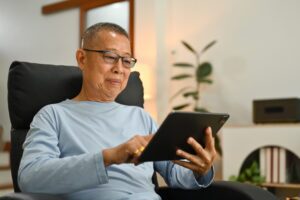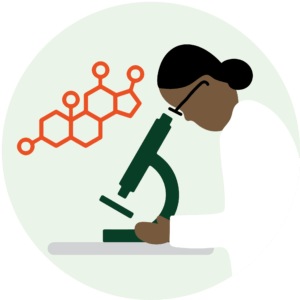
How depression hurts relationships & connecting despite it
Medical Review by Jennie Stanford, MD, FAAFP Depression doesn’t just affect the person living with it—it can impact the entire relationship. If you’re in a relationship, you know that keeping a healthy, loving connection takes time, energy, and good communication. But when depression is involved, maintaining that bond can feel











